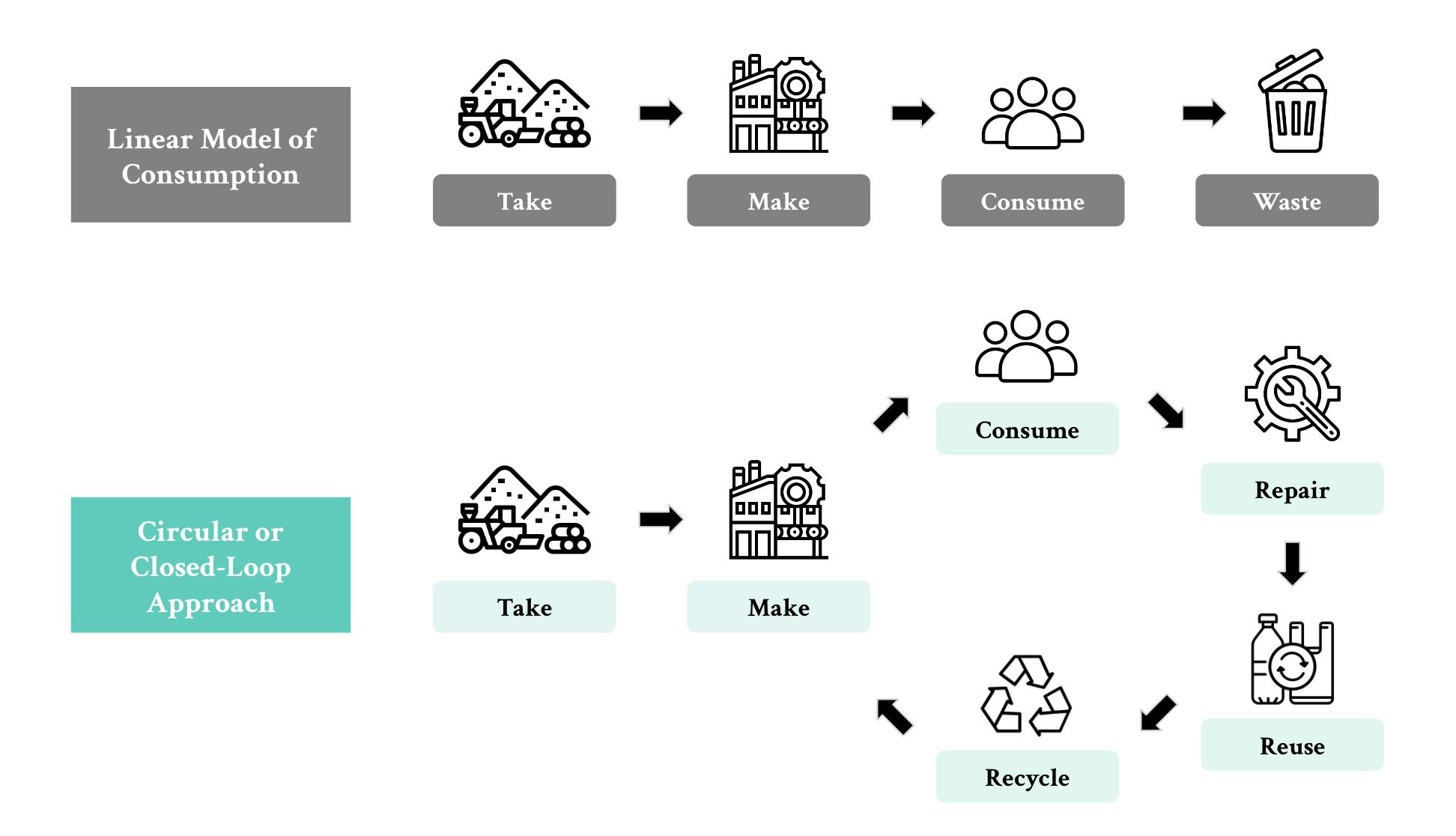Taming the Dragon of Climate Inaction: A Behavioral Science Quest Towards a Circular Economy
Let's admit it: time is running out, and it's ticking against us in solving climate change. The urgency for sustainable, climate-friendly behaviors is no longer a choice, but a necessity with potentially life-or-death consequences. We face a dragon in front of us: with unchecked greenhouse gas emissions (GHG), the global average temperature is projected to rise by up to 6 degrees Celsius by 2050.1 With global warming comes catastrophic natural disasters we are most likely unprepared for.
In fact, we don’t even have to look far into the future. The past few years have already seen unprecedented and extreme weather events, such as Category Five typhoons battering Asia, crippling sandstorms sweeping across the Middle East, floods in West Africa that claimed hundreds of lives in 2022, and, just last year, Canada's worst wildfire season on record.
Yet the answer to this crisis is already in front of our very eyes! 70% of GHG emissions are attributed to material extraction and consumption. Whether that's mining and refining metals for building construction or producing plastic for fast-moving consumer goods, large amounts of CO2 are released into the air during these processes. It doesn't stop there: some materials are sent to incinerators after disposal, further contributing to the emission problem.
The good news? We can cut these emissions by half through circular approaches to the use of these industrial materials.2 Instead of adopting the linear consumption model of take-make-waste, we close the loop by preventing resources from going to waste. This can be done by reducing or cutting back on what we consume, repairing products to give them a second chance, reusing materials for new purposes, and recycling or transforming them into other useful items. By doing these, we extend the life of resources and, most importantly, keep them out of the landfill.

Despite this potential, our current reality paints a different picture. According to the Circularity Gap 2023 Report, the global economy operates at a mere 7% circularity, and we've seen a pretty concerning downward trend over the years. That means we've been consuming more and more new materials that are either accumulating into litter around us or potentially never seeing the light of day in the depths of our landfills!
While parallel solutions — like pro-climate infrastructure, policy-making, and business model revamping — are all important, we believe what is key here is realizing the ideals of a circular economy. Our tendency to adhere to a linear consumption model that harms the planet can often be traced to us falling prey to cognitive biases deeply embedded in our psychology.
About the Author
Jestine Cabiles
Jestine has a degree in Communication Research and a master's degree in Strategic Marketing and Data Analytics. Prior to joining The Decision Lab, she helped grow companies in the Philippines through data-driven consulting and helped accelerate a market intelligence and social listening platform in France through product marketing. Outside of work, she is an impact entrepreneur with a passion for environmental sustainability.
About us
We are the leading applied research & innovation consultancy
Our insights are leveraged by the most ambitious organizations
“
I was blown away with their application and translation of behavioral science into practice. They took a very complex ecosystem and created a series of interventions using an innovative mix of the latest research and creative client co-creation. I was so impressed at the final product they created, which was hugely comprehensive despite the large scope of the client being of the world's most far-reaching and best known consumer brands. I'm excited to see what we can create together in the future.
Heather McKee
BEHAVIORAL SCIENTIST
GLOBAL COFFEEHOUSE CHAIN PROJECT
OUR CLIENT SUCCESS
$0M
Annual Revenue Increase
By launching a behavioral science practice at the core of the organization, we helped one of the largest insurers in North America realize $30M increase in annual revenue.
0%
Increase in Monthly Users
By redesigning North America's first national digital platform for mental health, we achieved a 52% lift in monthly users and an 83% improvement on clinical assessment.
0%
Reduction In Design Time
By designing a new process and getting buy-in from the C-Suite team, we helped one of the largest smartphone manufacturers in the world reduce software design time by 75%.
0%
Reduction in Client Drop-Off
By implementing targeted nudges based on proactive interventions, we reduced drop-off rates for 450,000 clients belonging to USA's oldest debt consolidation organizations by 46%



















